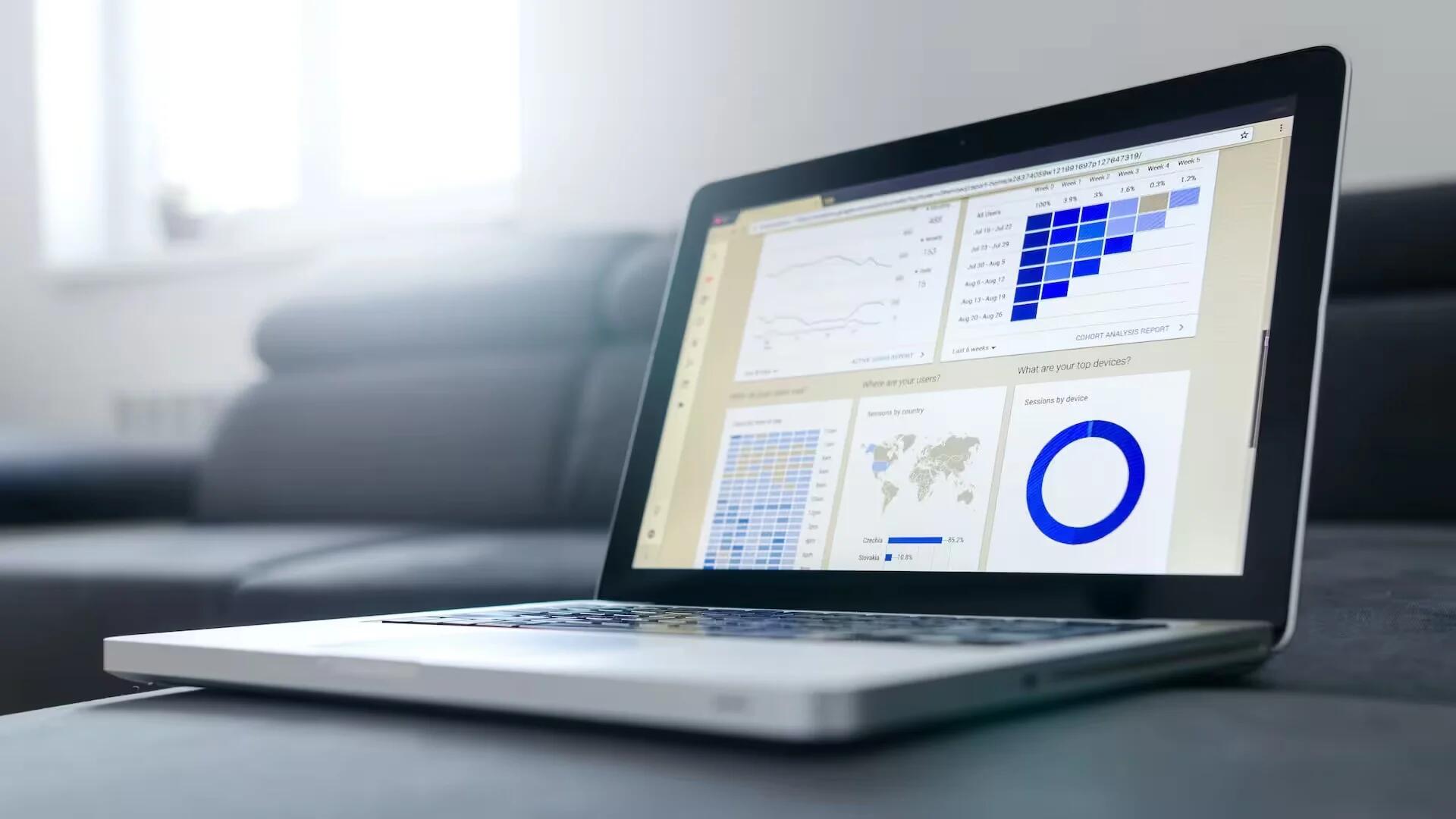OLAP, or Online Analytical Processing, is a technology that allows users to analyze large, complex data sets in real time. It enables users to perform complex queries and data analysis on data sets from multiple sources quickly and easily. If you are wondering what is OLAP, OLAP systems are designed to help users make informed decisions by providing timely and accurate data that can be easily accessed and analyzed.
How OLAP Works?
OLAP systems are typically designed to work with data stored in warehouses or other data repositories. The data is organized into a multidimensional structure, with dimensions representing different aspects of the data, such as time, geography, and product lines. OLAP systems allow users to slice and dice the data along different dimensions, enabling them to explore the data and gain insights.
One of the key features of OLAP systems is their ability to perform calculations and aggregations on large data sets quickly and efficiently. This is achieved through pre-calculated summaries of the data, known as aggregates. By pre-calculating these summaries, OLAP systems can respond to queries and analysis requests much faster than traditional databases.
The Benefits of OLAP
There are many benefits to using OLAP systems for data analysis. One of the most significant advantages is the speed at which data can be analyzed. OLAP systems are designed to handle large data sets and complex queries quickly and efficiently, allowing users to make faster, more informed decisions.
Another advantage of OLAP systems is their ability to handle ad-hoc queries and analysis requests. Because the data is stored in a multidimensional structure, users can easily explore it and drill down into specific aspects to gain more in-depth insights.
OLAP systems also provide users with a high degree of flexibility and control over their data analysis. Users can define their dimensions, measures, and hierarchies and can create custom reports and dashboards to visualize the data in a way that makes sense to them.
Types of OLAP Systems
There are two main types of OLAP systems: multidimensional OLAP (MOLAP) and relational OLAP (ROLAP). MOLAP systems store data in a multidimensional cube, with each dimension representing a different aspect of the data. ROLAP systems, on the other hand, store data in a relational database and use SQL queries to perform data analysis.
There is also a third type of OLAP system, known as hybrid OLAP (HOLAP). HOLAP systems combine the features of MOLAP and ROLAP, allowing users to store large data sets in a multidimensional cube while also performing ad-hoc queries using SQL.
OLAP vs. OLTP: What is the Difference?
OLAP and OLTP (Online Transaction Processing) are two types of database systems that serve different purposes. OLTP systems are designed to handle day-to-day business transactions, such as recording sales or tracking inventory. OLAP systems, on the other hand, are designed to handle complex data analysis and reporting.
The main difference between OLTP and OLAP systems is their focus. OLTP systems are designed to support transactional processing and are optimized for speed and efficiency. OLAP systems, on the other hand, are designed to support analytical processing and are optimized for data analysis and reporting.
Getting Started with OLAP
Getting started with OLAP requires a few key steps. First, you will need to identify the data sources that you want to use for your OLAP analysis. This may include data warehouses, data marts, or other types of data repositories. Once you have identified your data sources, you will need to decide on the type of OLAP system that you would like to use. This will depend on your specific needs and requirements, as well as the size and complexity of your data sets.
I hope this article provided some clarity on what is OLAP. You will have to select an OLAP tool or software platform that supports your chosen OLAP system and data sources and that provides the features and functionality that you require for your analysis.
